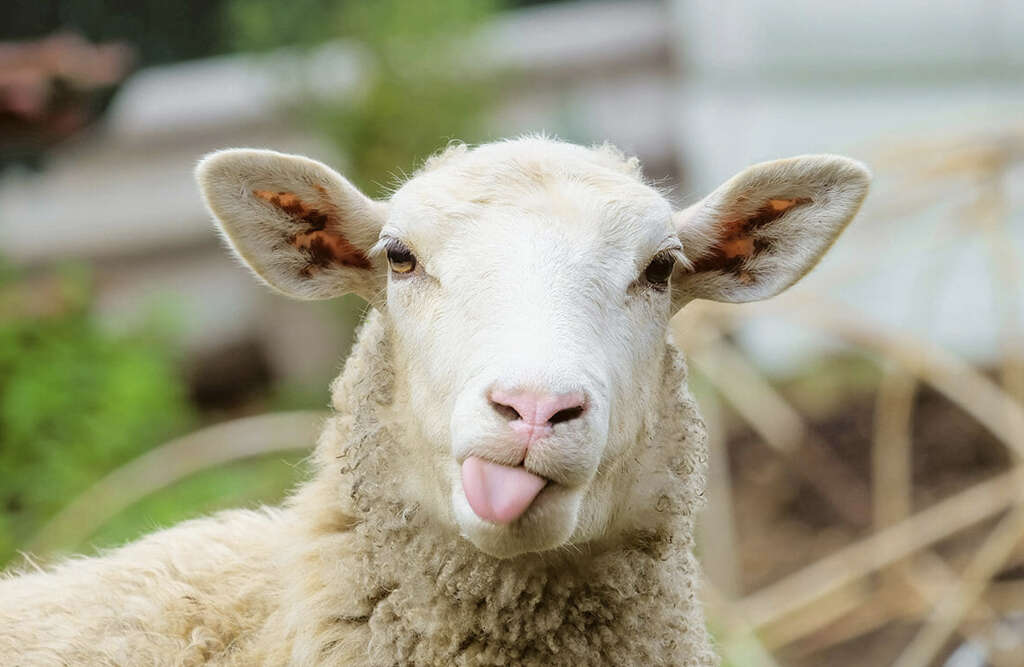What Is Mad Cow Disease?
Mad cow disease — scientifically known as bovine spongiform encephalopathy — is a progressive neurologic disease of cows. It is transmissible, degenerative and deadly. Though researchers have identified the cause of BSE, the disease itself is not well understood.
The first major outbreak of BSE occurred in the United Kingdom, where there were thought to be more than 185,000 infected cattle. The U.S. has only seen four cases, while Canada has reported 20.

1. What Causes Mad Cow Disease?
Theories suggest — and research supports said theories — that mad cow disease is the result of an abnormality that presents in the prion, a protein typically found on the surface of cells. Though the why is still unclear, researchers believe that when the protein mutates, it begins to feed on the tissue of the nervous system, such as the brain and spinal cord.
As a degenerative disease, BSE grows progressively worse in a relatively short period. Maybe because the destructive prion is “biological,” so to speak, the body of the sick cow does not know it is there. As a result, the body doesn’t know to trigger an immune response against the disease.
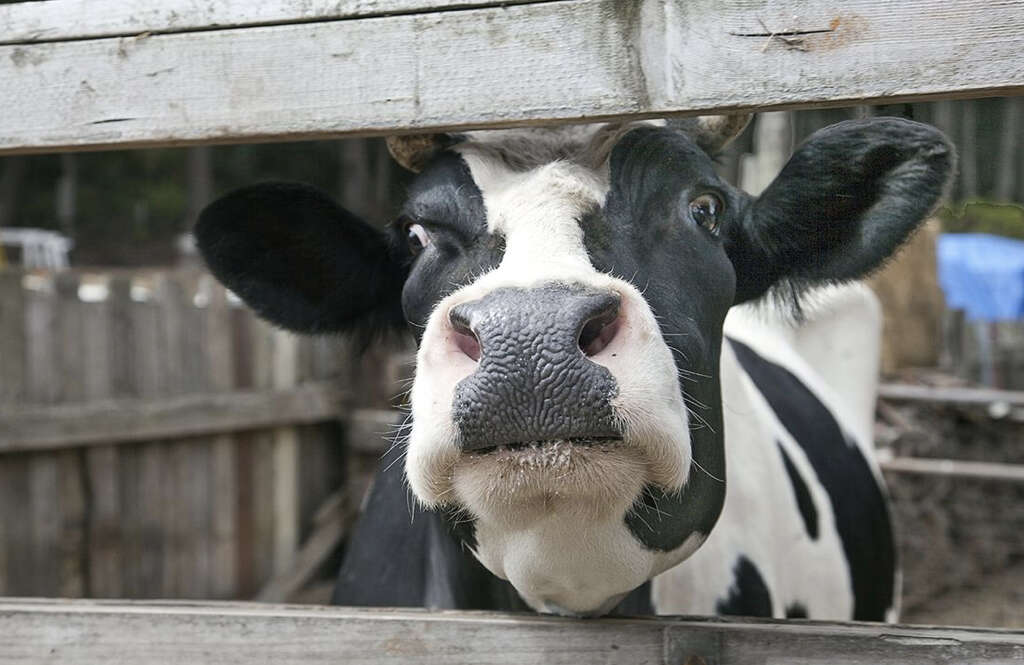
2. What Are the Signs of Mad Cow Disease?
One of the first signs of mad cow disease is incoordination. An infected bovine will have trouble standing and walking, and it may become very violent or aggressive. The latter symptom is the reason for the name “mad cow disease.” Unfortunately, once signs of the disease present themselves, it is too late for the cow, which will get sicker until it dies.
Mad cow disease has an incubation period of between four to six years. This means the infected cattle can continue to mingle with other cattle and spread the disease without anyone knowing for up to six years. Once an infected cow dies, scientists can tell if it has BSE by checking to see if the brain tissue appears spongey.
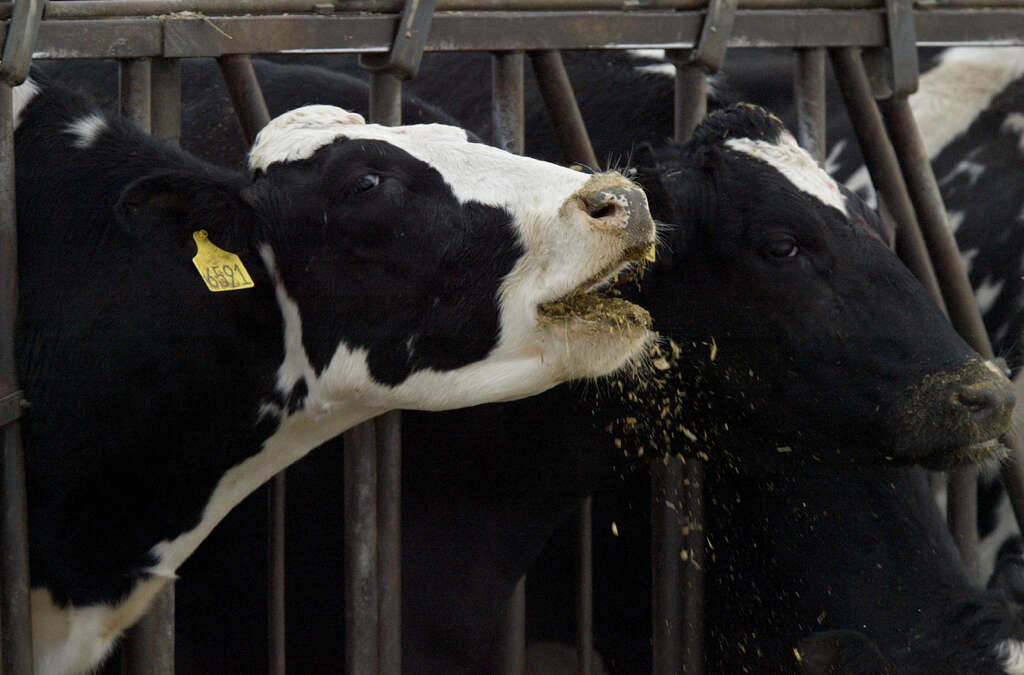
3. How Does a Cow Contract Mad Cow Disease?
Cows can get BSE by consuming the meat of an infected cow. This typically happens when a person or cattle farm grounds up the unused meat of an infected cow into a powder. The powder is then mixed into animal feed and fed to other cows.
Though the meat is cooked prior to grinding it up into a powder, the powder will still contain the abnormal prion. While any cow can contract BSE, if one does, it likely ate contaminated feed during its first year of life. Even if that’s the case, however, it won’t show signs until it’s at least five years old.

4. How Prevalent Is Mad Cow Disease?
Since the first cases that occurred sometime in the 1970s or 1980s, the prevalence rate of BSE is thought to be very low. As of 2015, surveillance identified just 24 cases in North America — four in the United States and 20 in Canada. One of the U.S. cases was born in Canada.
Even though the United Kingdom was the epicenter of the outbreak, it has a low prevalence rate today. At the height of the outbreak, it reported nearly 1,000 new cases per week. Since the peak in 1993, however, numbers have been on the sharp decline, from about 52,000 to just 11 cases in 2010.
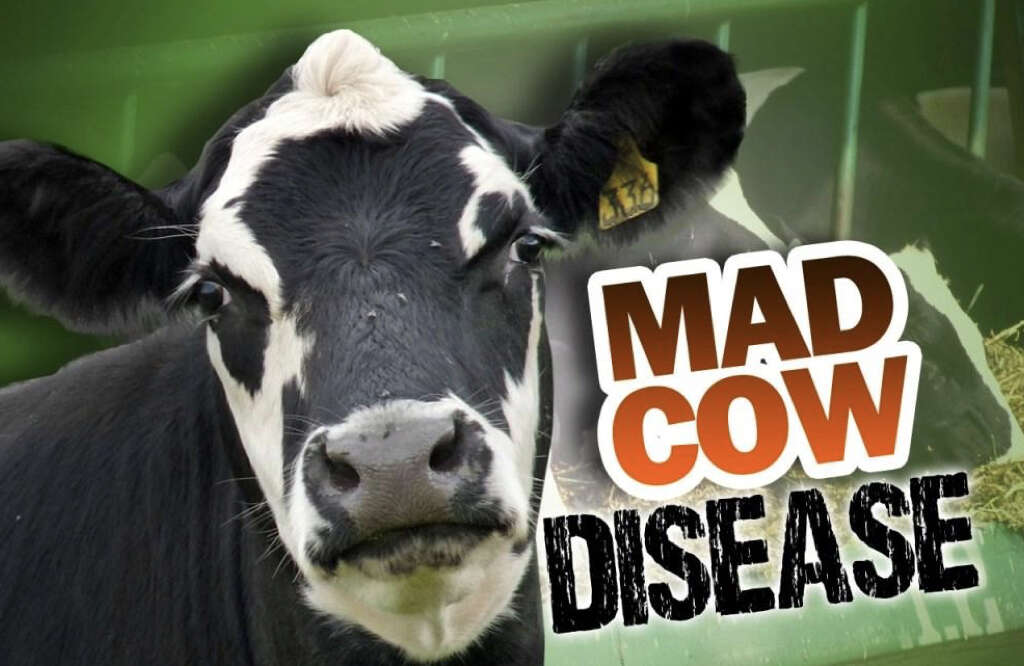
5. Can Humans Contract Mad Cow Disease?
It is thought that the degenerative and fatal brain disorder Creutzfeldt-Jakob Disease develops as a result of a person eating beef products contaminated with the central nervous system tissue from infected cattle. vCJD causes rapid and progressive dementia and the deterioration of mental functions, much like BSE does.
Unfortunately, cooking meat does not kill off the abnormal prions. Fortunately, the U.S. has strict regulations that require all cattle farms to remove the brain and spinal cord materials from high-risk cattle. “High risk” cattle are those that are unable to walk, older or that show signs of neurological problems. Other countries do not have these safeguards in place.
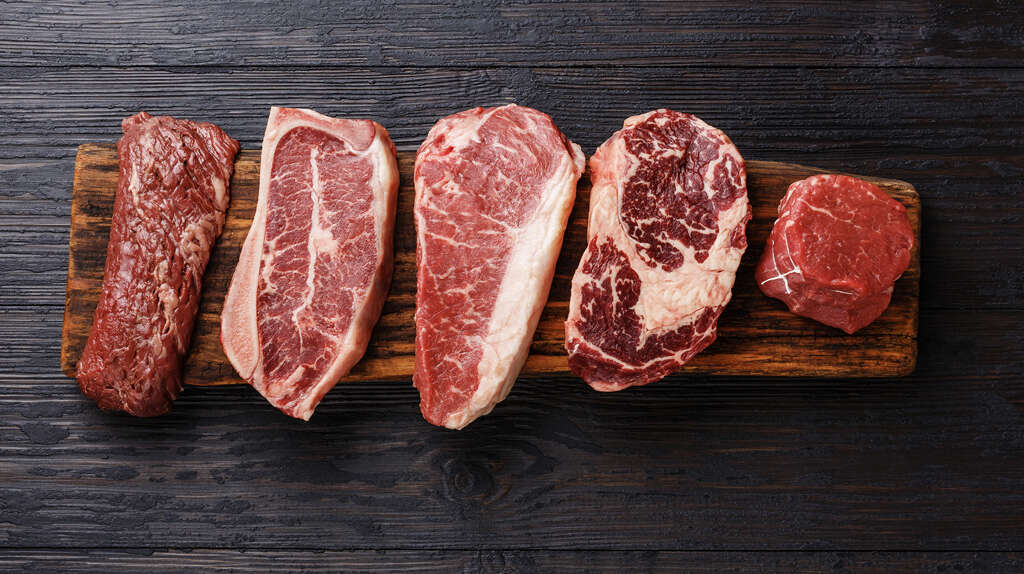
6. What Are the Symptoms of Creutzfeldt-Jakob Disease?
Unfortunately, vCJD is very difficult to diagnose until it has run its course. It can affect person’s of just about any age group, but the symptoms remain the same despite a person’s age or previous health status.
vCJD attacks the nervous system and can cause neurological symptoms such as mood disorders and loss of coordination. Over time, the illness causes dementia and, as it advances, brain abnormalities. These abnormalities can only be detected via an MRI. The disease typically results in death within 13 months of the onset of symptoms.

7. What Is the Risk of Contracting vCJD From US Food Products?
The FDA has strict regulations in place regarding the use of central nervous system tissues in foods. It also prohibits high-risk animals from entering the food supply chain. These measures give consumers peace of mind that the risk of contracting BSE from U.S. food products is minimal.
Moreover, the U.S. government prohibits the importation of certain livestock from countries that have an outbreak of mad cow disease. Cows, obviously, top the list. The ban also extends to food products, such as meat from cattle and certain pet and animal foods.

8. Can You Get vCJD From Consuming Other Dairy Products?
Many people are concerned about possibly consuming milk, yogurt, cheeses and other dairy products made with the milk of infected cows. Because the abnormal prion only seems to reside in the tissue of the nervous system, researchers believe that milk and dairy products do not pose a risk to other cows or humans.
There are certain products that contain bovine materials, such as dietary supplements and cosmetic products, that may pose a threat, however. The FDA has banned the importation of such products from countries in which there is a substantial threat of mad cow disease.

9. How Long Has Mad Cow Disease Been a Concern?
BSE has been a cause of worry since 1986. This was when the first case of the infection cropped up. Concerns grew until 1993, when BSE infections reached its peak in the U.K., causing nearly 1,000 newly reported cases every week.
A new wave of concern hit in 1996, when researchers first made the connection between Creutzfeldt-Jakob Disease and bovine spongiform encephalopathy. Though frightening to think that humans can contract BSE, the risk remains minimal in the U.S. due to strict safety measures and continuing research.

10. Can Other Animals Get Mad Cow Disease?
Other livestock animals, such as goats, sheep, deer, mink and elk, have their own versions of BSE. However, the infection varies in every animal. Cats are the only known household animal that develop a degenerative brain infection similar to mad cow disease.
In cats, the condition is so similar to BSE, in fact, that researchers refer to it as “feline spongiform encephalopathy.” Fortunately, the same measures being taken to protect cows and humans are being taken to protect cats. To date, not a single cat in the U.S. is known to have the disease.
